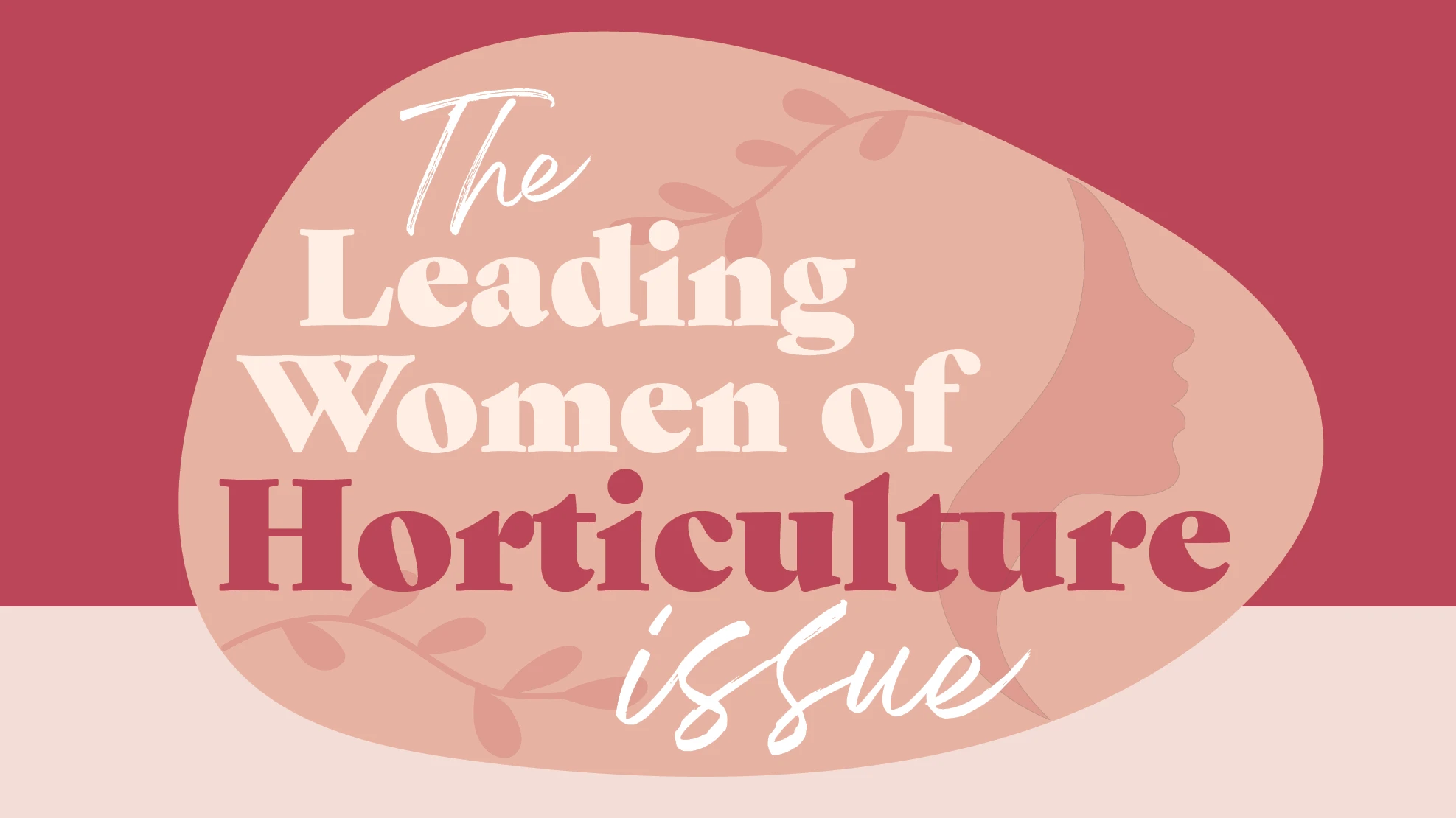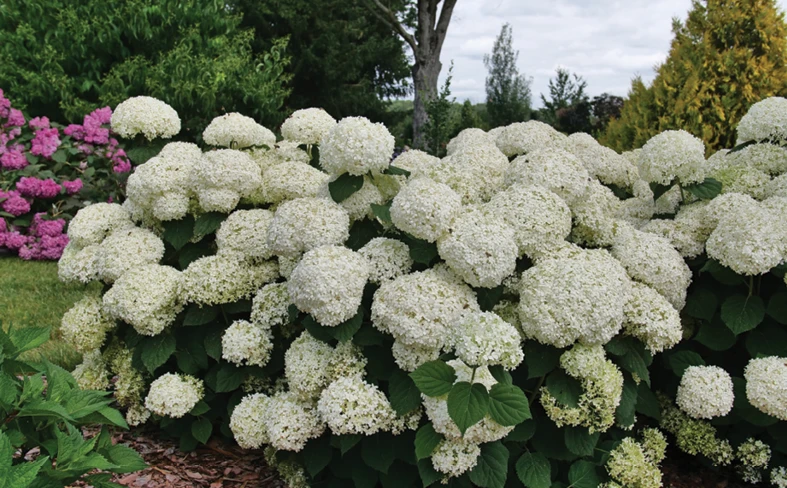 When it comes to thinking outside of the box, horticultural consultant John Stanley gives the best advice: “You remove the box and then you don’t have to think about it at all.” These words of wisdom should be applied in countless ways as the “industry of green” slowly transitions into a full-service, lifestyle business. To the consumer of the future, we should be marketing the idea of a garden party; the pride of a July Fourth picnic; the lifestyle of a home gardener.
When it comes to thinking outside of the box, horticultural consultant John Stanley gives the best advice: “You remove the box and then you don’t have to think about it at all.” These words of wisdom should be applied in countless ways as the “industry of green” slowly transitions into a full-service, lifestyle business. To the consumer of the future, we should be marketing the idea of a garden party; the pride of a July Fourth picnic; the lifestyle of a home gardener.
During a recent trip to Denmark I saw this garden lifestyle concept become a reality. I had the opportunity to visit nurseries, garden centers and botanical gardens while representing the Southern Region International Plant Propagators Society. My goal was to capture new ideas and make logical comparisons between European and U.S. horticulture industries. One striking difference was the Danish Nursery Association’s commitment to marketing, education and community outreach. Collectively, everyone involved in the horticultural supply chain plays a role in a unified marketing strategy. Wholesale growers, liner producers, garden centers and more share the responsibility of educating the consumer.
“It is a big job to market plants, but we are constantly trying to come up with little things that can bring attention to those plants which we produce,” explains Morten Sloth, production manager at Gunnar Christensens Plantskole.
For example, Morten has created a pocket guide describing the many varieties of strawberries, rhubarb and blueberries they produce. These are supplied to the employees at garden centers, providing proper advice and a pleasurable buying experience for the consumer.
Morten also supplies plants for the Green Spot program developed through the Danish Nursery Association. This garden design competition is a successful initiative where communities compete for a subsidized landscape installation.
“A Green Spot is a place that is visible to the public and thereby helps to inspire others to use more plants,” he says.
In the coming decade, a new generation will be empowered as the target audience of U.S. nurseries. Reaching them will take creativity and innovation. This is a generation with a diverse outlook and different priorities, where the value of knowledge and local, sustainable culture is paramount. The horticulture industry has an incredible opportunity to begin marketing and selling the educational component of being a successful grower. Studies show Millennials have an interest in gardening, but lack the know-how to be good at it. Nursery professionals have information that the new consumer values. We just have to create a profitable form of communication.
Supporting community horticulture programs is a meaningful strategy for the green industry to embrace. By offering support to public gardens and community educators, we are enabling a long-term approach of creating a capable consumer armed with know-how and experience.
During his tenure as director of the JC Raulston Arboretum in Raleigh, N.C., Ted Bilderback developed a strategy to connect the nursery trade to the Raleigh community. By following his passion for education, Ted developed the Children’s Program (pictured) in 2011, which quickly became a huge hit with a new demographic. The North Carolina Nursery and Landscape Association and the Johnston County Nursery Marketing Association have created an effective way to support this community initiative by pledging challenge gifts benefiting the Children’s Program.
As we move into the next half of this decade, please ask yourself, “How am I preparing to cultivate and accommodate the needs of a new consumer?” I hope that education and community outreach are approaches that inspire your business to succeed for generations to come!
Brie Arthur is a professional plant propagator and landscape designer in Raleigh, N.C. Her passion is foodscaping and educating consumers on the many reasons why the craft of gardening is meaningful in their daily lives.
Get curated news on YOUR industry.
Enter your email to receive our newsletters.
Explore the November 2014 Issue
Check out more from this issue and find your next story to read.






